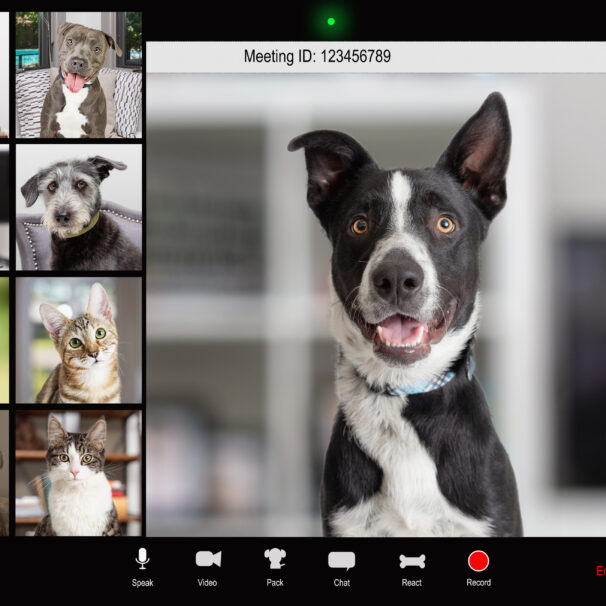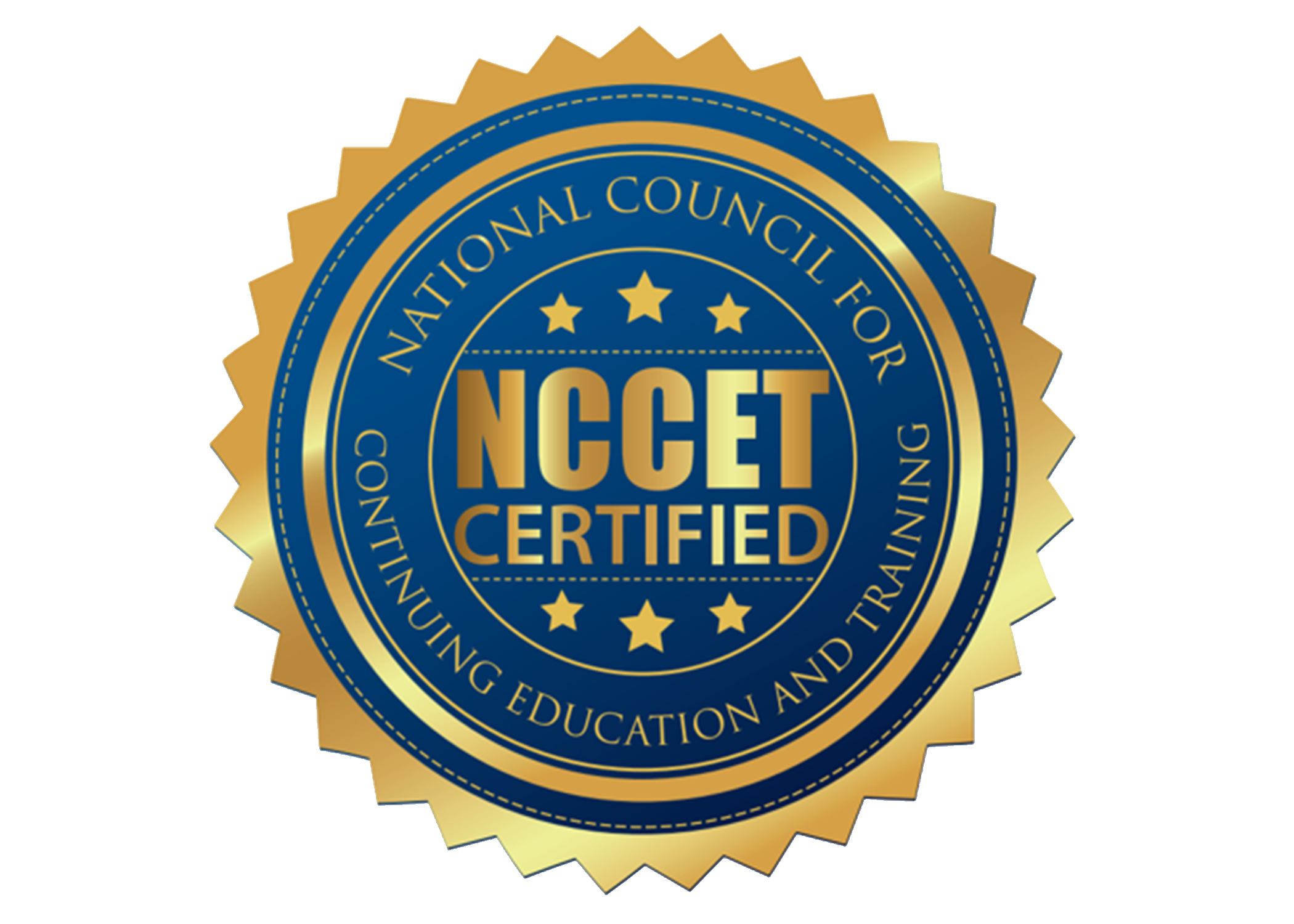As a small start-up business owner, I remember all too vividly my decision to send everyone home on March 20, 2020, with everything they needed to do their jobs. We were prepared for that call. We had begun planning for that day over a month earlier. But how do you take home the positive energy in the office that’s created by people working alongside you? How do you package burstiness?
We hoped for a quick wrap to the virus, which we all know is still challenging us. As it became obvious that this was not going to end soon, we gave up our wonderful open plan office. Office furniture was stored, and we made many non-profits happy with gifts of filing cabinets, marker boards, supplies and chairs. We are in our 17th month of remote work, and we are making it work. But it is a different experience.
Many others are going through the same questions that I now face: When to return to an office setting and what will that look like? We were in serious search mode for space in May and June when it felt like we were returning to normal. We stopped when the Delta variant put the masks back on our faces.
Our work force is a fraction of what it was pre-COVID. We have adapted to a new way of connecting. It’s more planned and less spontaneous than in the past, but now instead of office space, we are back to trying new apps to connect us.
Some days I think about experiences from my childhood. I had a cousin when growing up who was in the Air Force. She was always somewhere else at holiday time. That disappointed me because I looked up to her in many ways. For one, she was 6 feet tall. And for another, she always doted on me. She brought the fun and the party with her. She taught me to sing the Witch Doctor Song and taught me how to twist.
To help her join in our dinners, even though she was on the other side of the world in Japan or the Philippines, my mom would hide a microphone connected to a long play tape recorder in the centerpiece and capture the conversation around the Thanksgiving table. As I listen in on the many conversations in progress at once just before the start or after the wrap of in-person meetings where I am connected by Zoom, I wonder at her ability to figure out what was being said in those tapes. But she always said she loved them.
Which causes me to consider the fact that our remote set-up, while not as lively and engaging as our office environment, might be working better for us. If I look at our metrics, even with half of the staff we once had, we have created a tremendous amount of product and our clients are still happy with us! It’s caused me to rethink staffing in the long run as well as office space.
Andy Kiersz, in his MSN article1, addressed the productivity in the US through the pandemic, noting that the since the US economy has returned to pre-COVID levels but with fewer workers which he attributes to significant improvement in productivity. In his article, Kiersz refers to observations made by Economist Robert Gordon that “a lot of the productivity growth over the last year came from high-income, high-productivity workers who can do their jobs from home without all the expenses and trappings of commutes and office buildings.”
I believe that our productivity comes from these reasons.
A commitment to make our company viable. My staff loves what they do, they see how their contribution helps the whole, and they want to see the company thrive. They all have buy-in. Successes are shared across the team. As a small company, we all are pulling daily to generate product, generate revenue, build our brand, and be successful. They saw our opportunities dry up over a couple weeks in March of 2020 when every phone call and email resulted in a cancellation of business or loss of an opportunity to meet new potential clients. They have seen our pivot to stay relevant in the new environment and are proud to have helped make it happen.
Ability to focus without distraction. While an office is fun, and collaboration can feed creativity, having it present all the time can offer too many distractions. At home, each of my employees has created their work environment that is comfortable to them and allows them to seek distraction when they need it. But it’s not present all the time, requiring energy to filter out.
Performance tracking. When a larger group is responsible for creating product, it can be difficult to figure out who is contributing and who is coasting. However, to make remote work successful for us, we have documented and tracked tasking now by individual. It has been motivating to some on my team who love seeing the tasks assigned moved from “in work” to “done” and grow into the long list of completed work.
Recovery of time spent commuting and at lunch. Most of my employees have had hours added back into their days by removing commutes to the office and the down time associated with lunch time. My staff still eats, but it doesn’t have to come out of the middle of their day in a big chunk. I don’t know if those hours have become work hours but having more free time means for a fresher outlook when my staff is back at their desks.
Personally, I have had to adjust to adapting on a rather immediate basis. I’m by nature a long-range planner. But with the challenges that COVID has brought to our business environment, the intermediate planning on how to achieve the long-range vision has had to be very agile. Agile plans with a resilient staff are critical growth characteristics of any company who faces challenges like the past 15 months.
1The unemployed may never come back. Here’s what that means for the economy. (msn.com)


